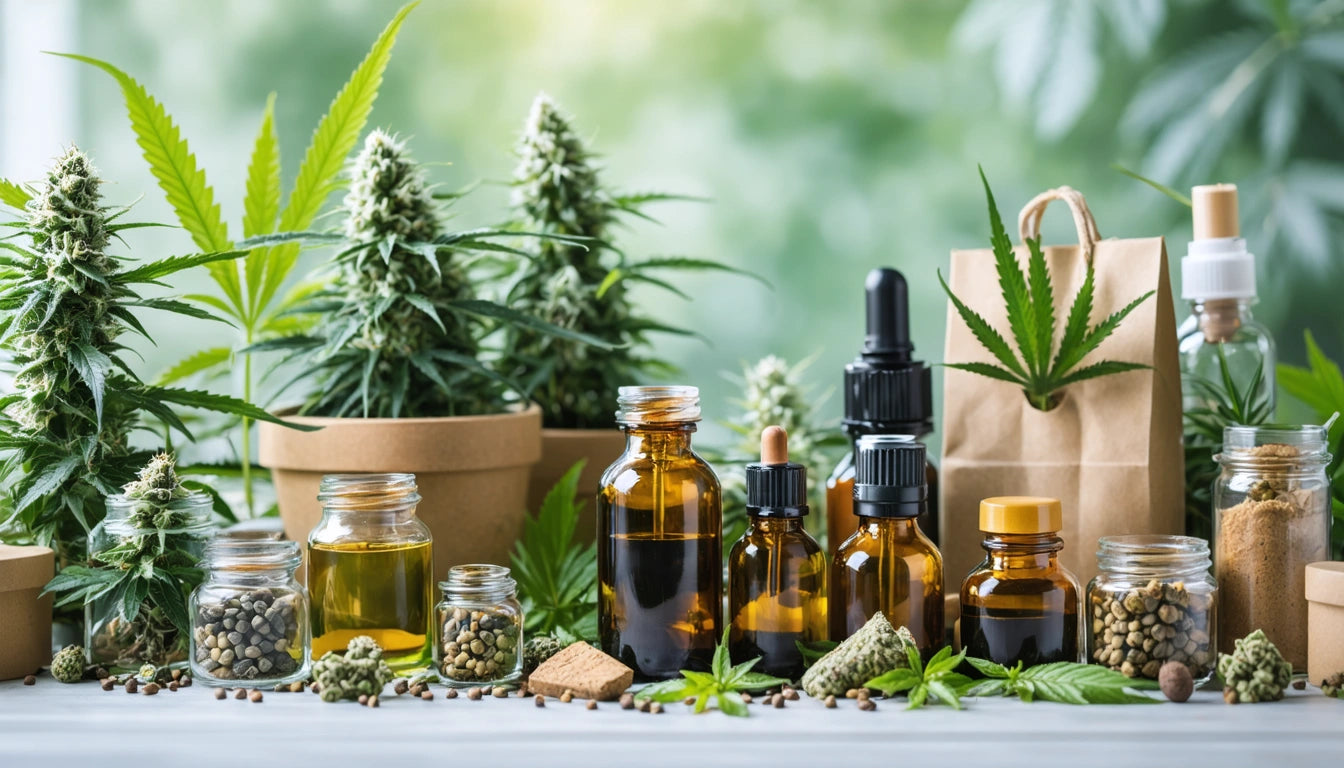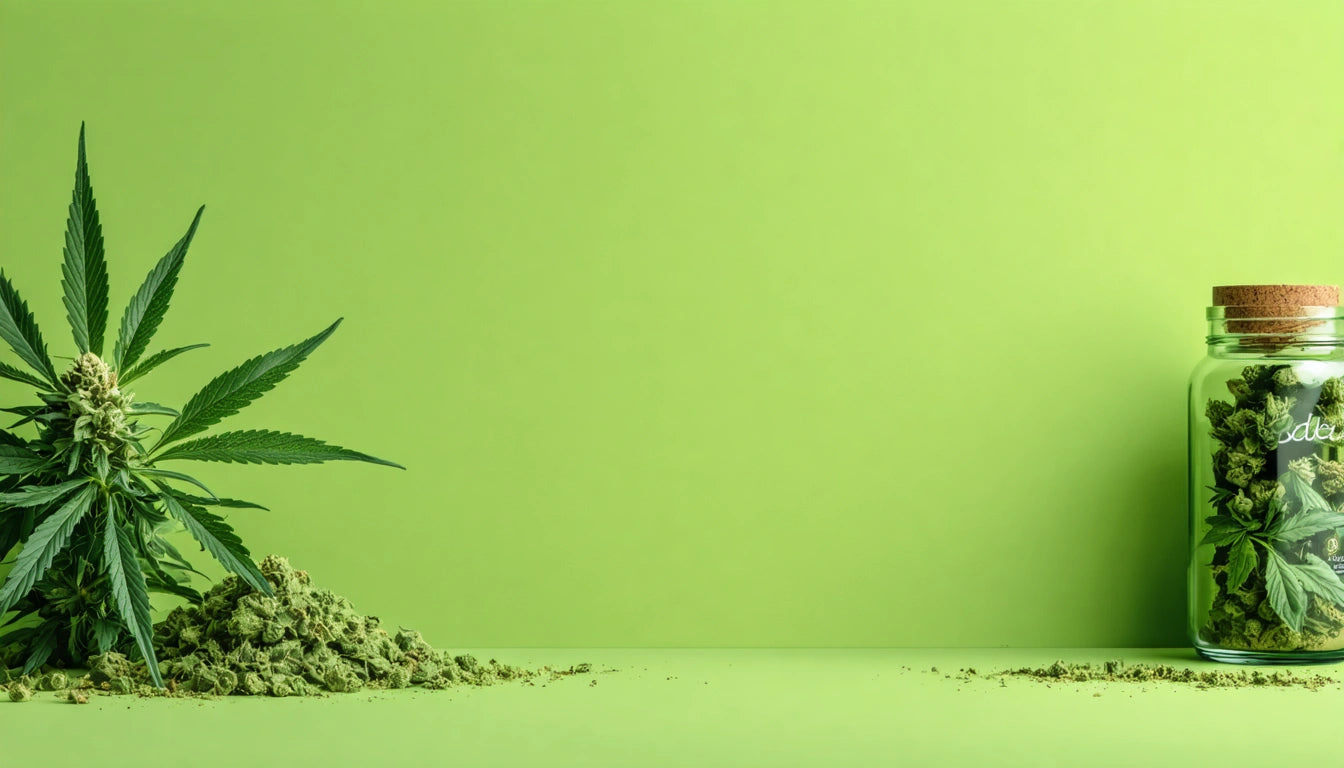Table of Contents
- Understanding Terpenes: Nature's Aromatic Compounds
- The Entourage Effect Explained: Beyond THC and CBD
- Key Terpenes and Their Functions in Cannabis
- Synergistic Interactions Between Terpenes and Cannabinoids
- Terpene Preservation in Product Formulation
- Research Advancements and Therapeutic Applications
The cannabis plant contains hundreds of compounds that work together to create effects greater than any single component could produce alone. This synergistic relationship, known as the entourage effect, is increasingly recognized as crucial to understanding cannabis's therapeutic potential. While cannabinoids like THC and CBD receive much attention, terpenes play an equally important role in this botanical ensemble.
Understanding Terpenes: Nature's Aromatic Compounds
Terpenes are aromatic compounds found throughout the plant kingdom, responsible for the distinctive smells of cannabis, pine trees, citrus fruits, and countless other plants. In cannabis, terpenes are produced in the same glandular trichomes that manufacture cannabinoids, suggesting an evolutionary relationship between these compound classes.
As explained in this comprehensive overview, terpenes serve multiple functions in the plant, from deterring predators to attracting pollinators. For cannabis consumers, they provide both sensory experiences and potential therapeutic benefits.
The Entourage Effect Explained: Beyond THC and CBD
The entourage effect describes how cannabis compounds work together to modulate and enhance each other's effects. This concept, first proposed by cannabis researcher Dr. Ethan Russo, suggests that isolated cannabinoids may not deliver the same benefits as whole-plant preparations.
Terpenes contribute to this effect by:
- Influencing how cannabinoids bind to receptors
- Affecting the blood-brain barrier permeability
- Interacting with neurotransmitters and brain receptors
- Providing complementary therapeutic effects
This synergy explains why different cannabis varieties with similar THC levels can produce markedly different experiences. The specific terpene profile acts as a biochemical fingerprint that helps shape the overall effect.
Key Terpenes and Their Functions in Cannabis
Several predominant terpenes appear frequently in popular cannabis strains, each with distinct properties:
Myrcene
Often the most abundant terpene in cannabis, myrcene has sedative, relaxing properties and may enhance the permeability of cell membranes, potentially allowing cannabinoids to take effect more quickly.
Limonene
With its citrus aroma, limonene may elevate mood and provide stress relief. It's also being studied for potential anti-anxiety and antidepressant effects.
Pinene
The most common terpene in the natural world, pinene may counteract some of THC's memory-impairing effects and has anti-inflammatory properties.
Linalool
Sharing its lavender-like scent with many calming essential oils, linalool has sedative and anxiety-reducing properties that complement indica effects.
Synergistic Interactions Between Terpenes and Cannabinoids
Research into specific terpene-cannabinoid interactions reveals fascinating synergies. For example, beta-caryophyllene is the only known terpene that directly activates cannabinoid receptors, specifically the CB2 receptor associated with inflammation response.
Other notable interactions include:
- Myrcene potentially enhancing THC's psychoactive effects
- Pinene counteracting short-term memory impairment from THC
- Limonene possibly enhancing mood effects when combined with CBD
- Linalool working with CBN for improved sleep benefits
As our detailed analysis shows, these interactions create a complex matrix of effects that researchers are only beginning to map.
Terpene Preservation in Product Formulation
Preserving terpenes during processing is crucial for maintaining the entourage effect in cannabis products. Extraction methods significantly affect terpene retention, with some techniques better suited for preserving these volatile compounds.
Equally important is proper storage. Our specialized child-resistant packaging solutions help preserve terpene integrity while meeting safety requirements. The right containers with appropriate seals can prevent terpene degradation and evaporation, maintaining product potency and aroma profile over time.
For manufacturers, understanding terpene boiling points is essential when designing products. Most terpenes vaporize between 310-428 °F, well below the combustion point of plant material. This knowledge informs optimal vaporization temperatures and cooking methods for infused products.
Research Advancements and Therapeutic Applications
The scientific understanding of terpenes and the entourage effect continues to evolve. Recent research suggests specific terpene profiles may be useful for targeted therapeutic applications:
- Sleep disorders: Combinations rich in linalool and myrcene
- Anxiety: Limonene and beta-caryophyllene dominant profiles
- Pain management: Pinene and humulene combinations
- Mood enhancement: Limonene and terpinolene profiles
This growing body of evidence supports terpene-based strain matching for medical cannabis patients, allowing for more personalized treatment approaches.
Consumers can now access detailed terpene lab reports for many products, enabling informed choices based on specific terpene profiles rather than just THC/CBD content or indica/sativa classifications.
As research continues, the therapeutic potential of terpenes, both individually and through the entourage effect, represents one of the most promising frontiers in cannabis medicine and product development.











Leave a comment
All comments are moderated before being published.
This site is protected by hCaptcha and the hCaptcha Privacy Policy and Terms of Service apply.